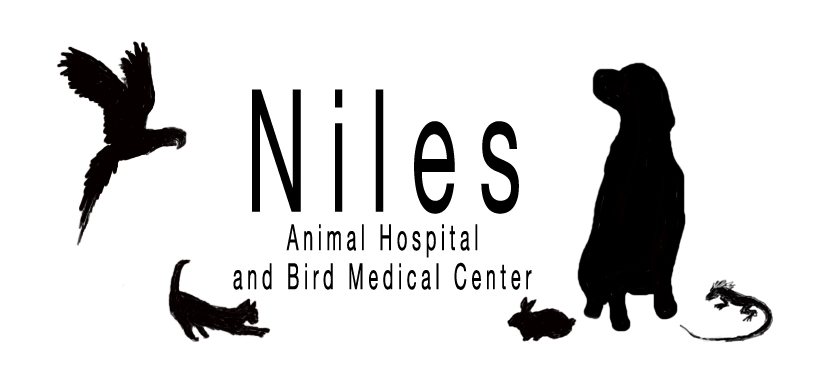Does Your Pet Have Dental Disease?
During our dental health months (December, January, and February), bring your pet in for an evaluation of their dental condition, as dental disease can lead to serious problems, as outlined in the article from the AVMA Animal Health SmartBrief below.
Exploring dental care for pets (Dr. K Dye from AVMA Pet Health SmartBrief)
Q: Why does my dog’s breath stink?
A: Most odors from a dog’s mouth come from periodontal disease and bacteria in the mouth. Plaque and tartar build up along with inflammation cause periodontal disease (the periodontium includes the bone, connective tissue, and gingiva which surrounds and supports a tooth).
Please have your pet examined by a veterinarian to determine the cause of bad breath, but often it is some form of dental disease. Since most dogs do not get their teeth brushed daily, plaque and tartar accumulate quickly. Unhealthy gums (gingivitis) can also result from lack of brushing. Once the gums are inflamed, it is often appropriate to perform a dental prophylactic cleaning under anesthesia.
There are several stages of periodontal disease, from Stage 1 (the most mild) to Stage 4 (the most severe). Dental disease affects more than just the teeth and gums. Over time, bacteria accumulate in the mouth along the gum-line, where they enter the bloodstream.
Once enough bacteria are present in the bloodstream they begin to cause systemic damage, affecting the liver, kidneys and heart.
Bacteria in the bloodstream can also cause sepsis (generalized invasion of the body by pathogenic microorganisms). Obviously, an additional concern is tooth loss and pain associated with dental disease. These conditions can take years off your pet’s life. Most studies show that 80% or more of all adult dogs have periodontal disease and at least 70% of all cats have some form of dental disease.
Dental disease is easily treated if done at the appropriate time.
A dental prophylaxis performed at periodontal disease stage 1 or 2 can help ensure that your pet will not suffer any of the aforementioned conditions. Once your pet has reached periodontal disease stage 3 or 4, irreversible damage may have already occurred and extracting teeth may be the only option to maintain your pet’s oral health.
Dental extractions are uncomfortable for the patient and can be financially costly for their owners.
Therefore, detecting periodontal disease early and treating early with a prophylactic cleaning are important.
Q: What happens during a dental cleaning?
A: We recommend pre-anesthetic blood work to detect any underlying disease that may affect our anesthetic protocol. Your pet will be under full anesthesia, while being monitored by a trained technician as well as monitored by pulse oximetry machines and Doppler blood pressure. Core body temperature, heart rate and respiratory rate are also monitored.
Our patients all receive IV fluid support during the dental prophylaxis. The oral cavity will be examined closely for any unusual discolorations or masses. The teeth and gums will be evaluated to determine the degree of dental disease. Digital dental radiographs will be taken to better evaluate the condition of the teeth and the roots. The teeth will be checked for fractures, pulp exposure, irreversible gum recession, cavities and abnormal wear. The tartar will be removed using an ultrasonic scaler as well as hand scaling instruments by a licensed veterinary technician.
Using special curettes, the plaque, tartar and bacteria will be removed from the tooth surfaces as well as under the gum line.
At this stage of the procedure, the doctor will determine if the patient would benefit from additional therapy such as extractions or special antibiotics applied directly under the gum line.
Finally, the teeth will be polished and fluoride applied to help prevent re-accumulation of tartar and bacteria.
If necessary, the patient will go home with pain medication and/or antibiotics. After a dental prophylaxis, it is important to follow up with home care. There are several options including brushing (the best), oral rinses or water additives, and special dental chews.
(NOTE: We also follow the same protocol at Niles Animal Hospital, presurgical bloodwork, surgical monitoring by a certified veterinary technician, dental radiographs, and thorough cleaning/prophylaxis.)
It is also quite possible that your pet may need an additional dental prophylaxis in the future.
Hopefully with diligent home care we can increase the time between professional cleanings.
